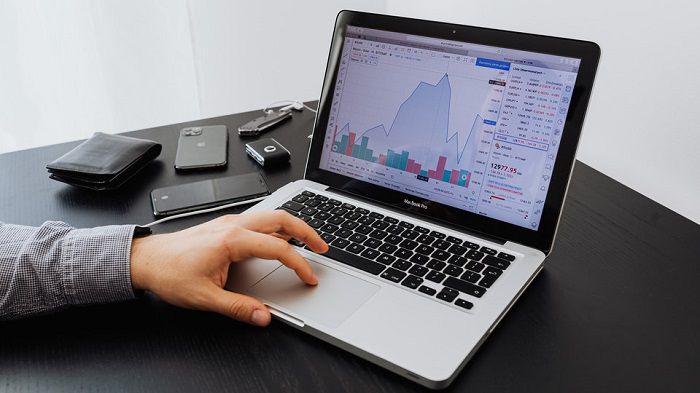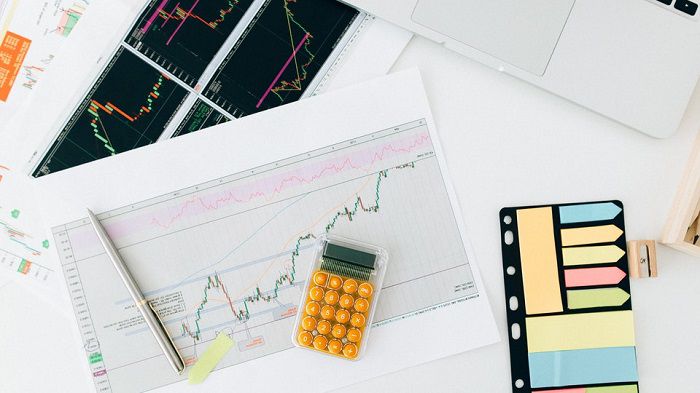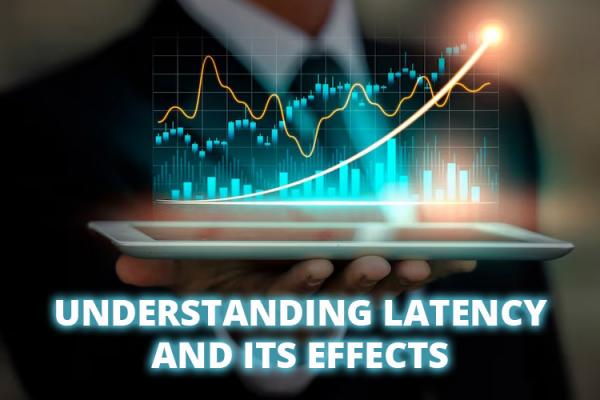The key to wholesome forex analysis is to prioritize which ones you can master best for active trading, then use the others as confirmatory signals.
In forex trading, no feud is as long-lasting as the debate between fundamentals and technicals. It mainly revolves around the question of which type of analysis for forex trading is best?
Supporters of fundamental analysis argue that price movements are caused by economic conditions. Supporters of technical analysis proclaim that profits can only be achieved by observing price actions. In this hubbub, people rarely know that there is one more type of forex analysis that is no less important, namely market sentiment analysis.
Read more to learn their differences and determine which is the best forex analysis.

Defining Different Types of Forex Analysis
Fundamental analysis examines potential price movements from various factors that can affect currency exchange rates, such as central bank policies as well as several releases of economic data related to macroeconomic conditions, including but not limited to Gross Domestic Product (GDP), inflation rate, unemployment, and so on. Several extraordinary events such as natural disasters, wars, and political upheaval are also inseparable from these fundamental factors.
For instance, the fundamental analysis of EUR/USD will be based on the trader's observations of interest rate policies of the European Central Bank (ECB) and the Federal Reserve, as well as the release of high-impact economic data from the Eurozone and the United States. The existence of important events such as elections or even conflicts that threaten the stability of the US and the Eurozone is also an important consideration in conducting the fundamental analysis of EUR/USD.
Technical analysis examines price movements through charts with the purpose of identifying patterns of price movements in the past, as a basis for forecasting prices in the future and discovering ideal Buy and Sell points. Traders may make use of certain mathematically-based observation methods, or even apply automated tools in the form of technical indicators. It is applied in accordance with three key principles: (1) The market discounts everything, (2) prices move in trends and countertrends, and (3) price action is repetitive, with certain patterns reoccurring from time to time.
Meanwhile, market sentiment analysis observes the consensus of market participants with assumptions that it could help to predict the direction of price movements because the market should have discounted various influences in it, including fundamental and technical factors. Market sentiments are usually divided into three: Bullish, Bearish, and Neutral.
- Bullish: Most market participants tend to expect prices to rise.
- Bearish: Most market participants tend to expect prices to go down.
- Neutral: High uncertainties ahead, so the consensus is divided. Prices mostly will stay flat or move in a limited range.
Examining consensus in a decentralized market is clearly nonviable. Therefore, market sentiment is usually interpreted through an in-depth analysis of the current fundamental situation or by looking at price patterns on charts.
There are market sentiment analysis tools in the form of buy/sell ratios from certain brokers and Commitment of Trader data from CFTC. However, such tools do not represent the consensus of all participants in the forex market.

Determining the Best Analysis
Between fundamental, technical, and market sentiment, which type of analysis for forex trading is best? Novice traders often assume that "traders denomination" can be divided based on the type of analysis they use. They do not understand that the 3 types of forex analyses are not contradictory, but complementary.
Fundamentals form market sentiment, while technicals visualize that sentiment and create the necessary framework for traders to plan their trades. Therefore, it is quite impossible to use only one type of analysis in forex trading. Don't believe it? Let's take a look at some easy examples:
-
Technical analysis only:
When trading the GBP/USD, you would only observe price movements on the chart without noticing other factors. Let's say you find a nice long opportunity based on certain technical signals, then you would buy it with great confidence that prices would rise.
Just a few hours later, the Bank of England announces a sudden cut in interest rates. What would happen then? Panic selling would be rampant and the GBP/USD pair soon would go down.
Although technical-based trading signals could help predict the next price movements, this type of analysis could not foretell lots of fundamental events that may appear unexpectedly and move prices significantly. Traders who are aware of the most recent fundamental changes probably would avoid the market ahead of key fundamental events, or enter the market after the effect of the central bank's announcement subsides.
-
Fundamental analysis only:
Fundamental analysis enables you to learn about various circumstances that affect price movements, but you would not really know when and where to open buy/sell positions. You also would not know when to close any open position profitably. Long story short: It's useless knowing where prices would move from a fundamental point of view if you don't know when and where you should buy and sell.
-
Sentiment analysis only:
You would probably make use of buy/sell ratio indicators to learn whether buyers or sellers are more dominant in the market recently. But you would only know what they do "in the past and now", while what has happened could not ascertain what would come later. It should also be noted that buy/sell ratio indicators in forex trading are generally not reliable, because they won't be able to represent all market participants.
In conclusion, there's no such thing as "the best forex analysis". Fundamentals, technicals, and market sentiment analysis complement each other like a three-legged chair that requires all of its legs to stand tall. You can't arbitrarily eliminate one type of forex analysis if you don't want to fall into the abyss of failure.
How to Combine the Three Types of Analysis Above?
Combining three types of forex analysis does not mean you need to use them equally. It can indeed be done, but it is less favored by traders. Most traders tend to favor only one type of analysis, then use the others as additional considerations before entering the market.
Focusing on one type of analysis is not wrong. Many experienced traders did this too. The difference between professionals and beginners in this regard is that they know any type of analysis cannot stand alone. Meanwhile, amateurs easily disparage other types of analysis when they have chosen their favorite type. The famous Rabobank's Jane Foley is so well-known for her advanced fundamental analysis but still wields a "technical handle" to help her find potential Entry and Exit.
The key to wholesome forex analysis is to prioritize which ones you can master best, then use the others as complementary information or confirmatory signals. According to Jane Foley, fundamental traders usually rely on fundamental factors to predict price direction, then use basic technical analysis such as Support-Resistance and simple indicators (Moving Average) to find ideal buy/sell entry. In this case, market sentiment analysis can be used as a confirmator that further strengthen the entry signal.
Meanwhile, technical traders are on the other side of the coast. They observe the chart to predict future price movements, but they are also aware of high impact fundamental data and news releases' ability to move prices beyond technical forecasts. To anticipate the unexpected, at least they have to pay attention to forex calendars embedded in the trading platform.

 Dedicated FREE FOREX VPS
Dedicated FREE FOREX VPS Free FOREX Virtual Private Server
Free FOREX Virtual Private Server MT4 Demo Contest, Get $500
MT4 Demo Contest, Get $500 Sign Up for an Account, Claim 60% Deposit Bonus
Sign Up for an Account, Claim 60% Deposit Bonus Free MT4/MT5 VPS 2024
Free MT4/MT5 VPS 2024 Send E-mail and Get Free Merchandise
Send E-mail and Get Free Merchandise $1K Refer a Friend Bonus for Pepperstone Pro clients
$1K Refer a Friend Bonus for Pepperstone Pro clients Maximize Your Earnings with 100% Deposit bonus
Maximize Your Earnings with 100% Deposit bonus Trade to Win, $5,000 Monthly Demo Contest
Trade to Win, $5,000 Monthly Demo Contest Claim 30% + 15% Deposit Bonus from LiteFinance
Claim 30% + 15% Deposit Bonus from LiteFinance











